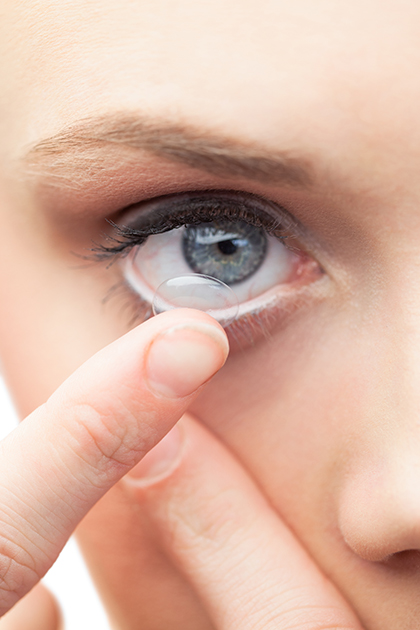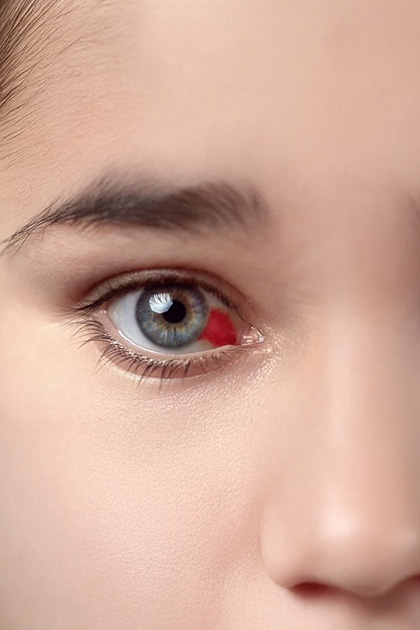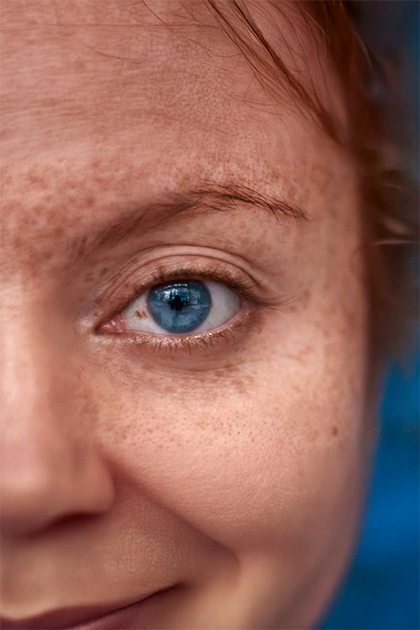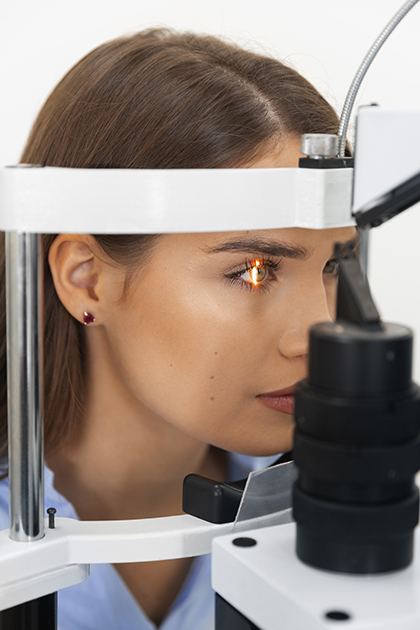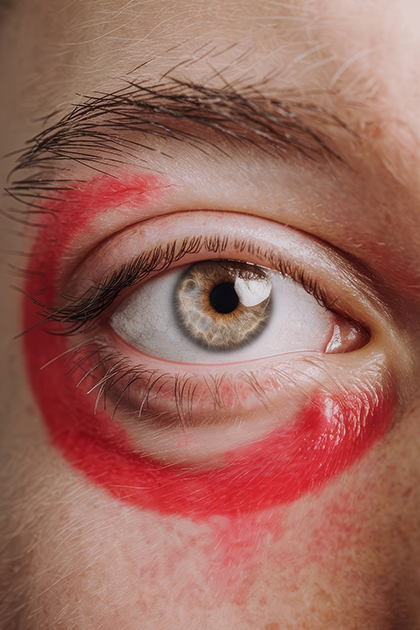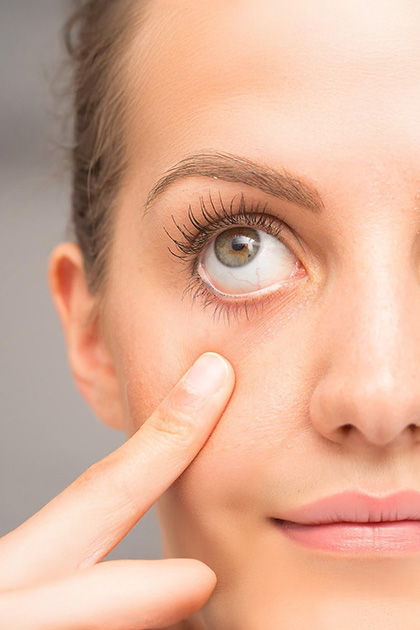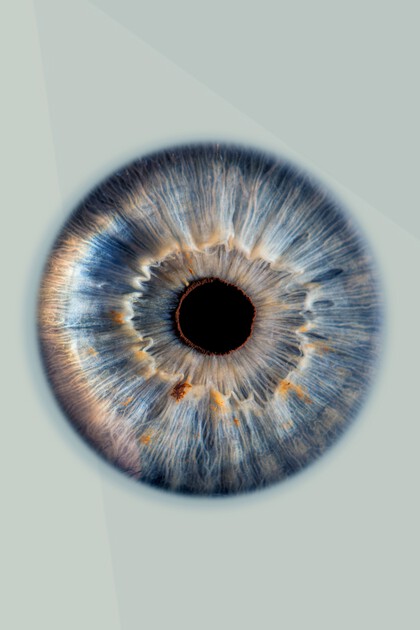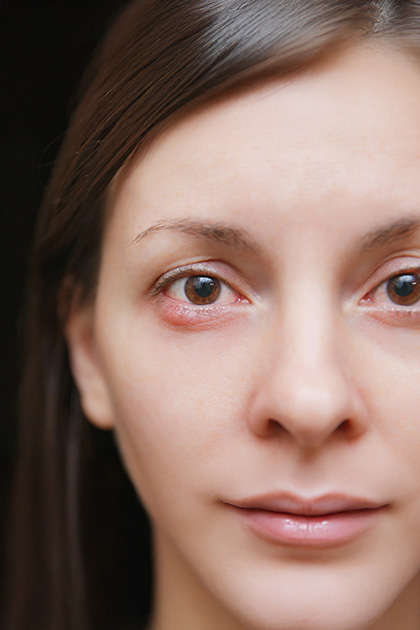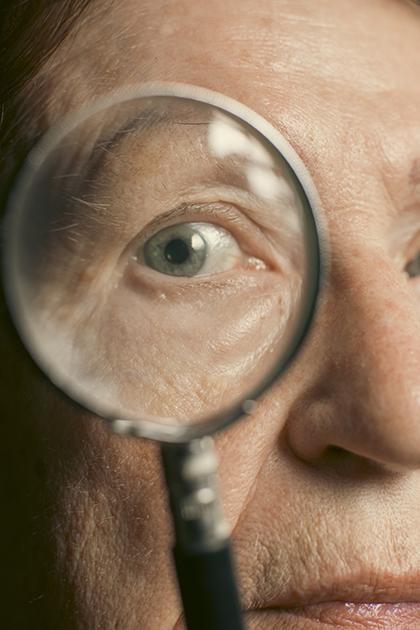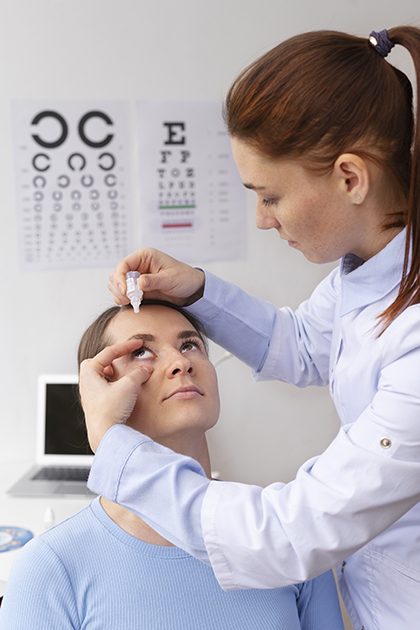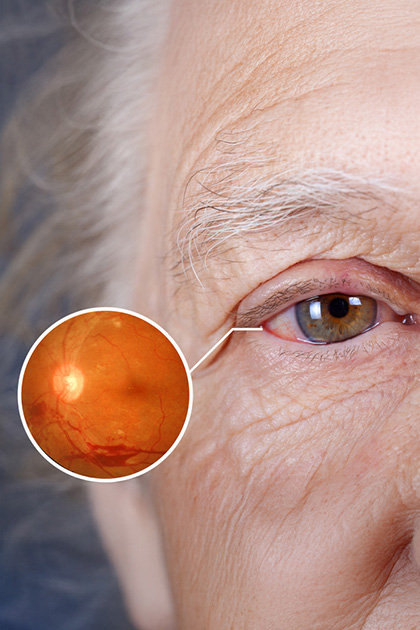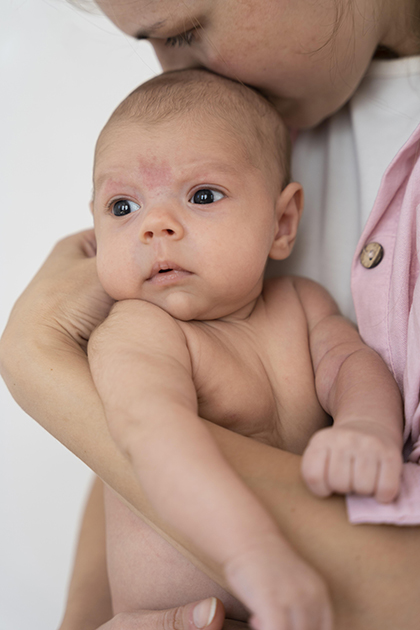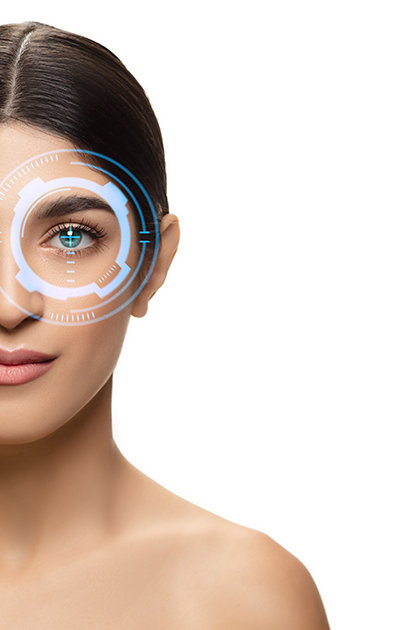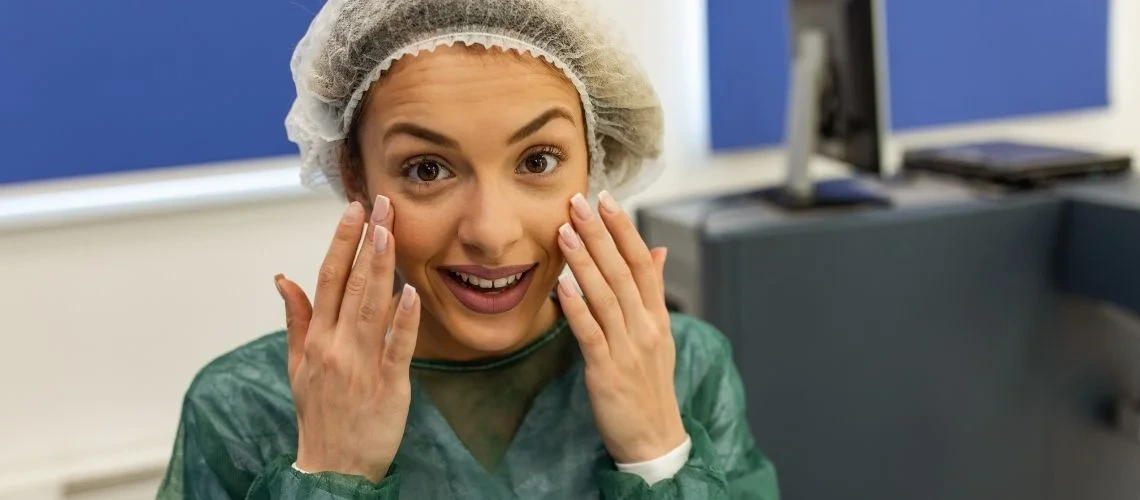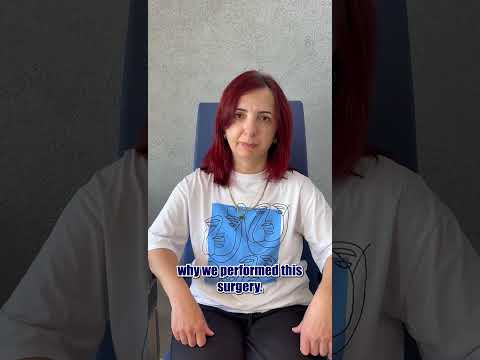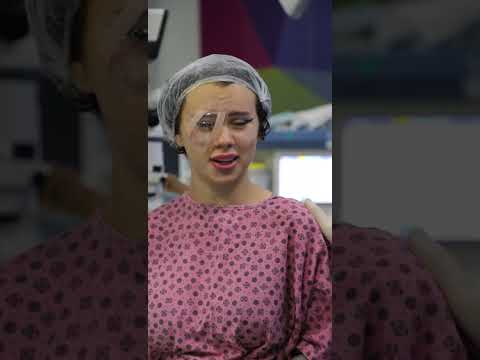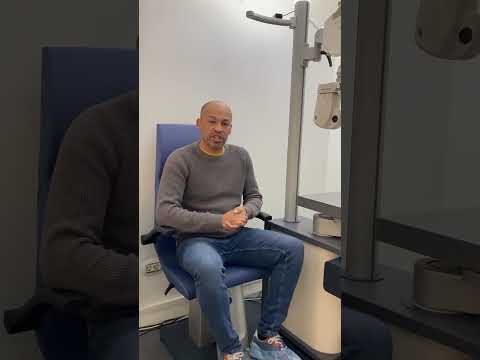Our eyes are one of our most precious senses, allowing us to perceive the world. In daily life, we unknowingly expose our eyes to many risk factors. Spending long hours in front of screens, being exposed to sunlight without protection, having an unhealthy diet, or neglecting regular eye exams can lead to vision problems over time.
So, how can we protect our eye health? What should we pay attention to, and what precautions should we take? In this article, you’ll find helpful tips to keep your eyes healthy and strong for many years.
Precautions to Protect Eye Health
To maintain healthy eyes, you need to take preventive steps not only when symptoms arise but also before any signs appear. Here are the most important actions you can take to support your eye health:
1. Have Regular Eye Exams
Many eye diseases progress without showing symptoms in the early stages. Conditions like glaucoma, diabetic retinopathy, or macular degeneration can lead to vision loss before they are noticed. Seeing an eye doctor at least once a year is essential to determine whether you need glasses or lenses and to detect possible issues early on.
Tip: If you're over 40 or have a family history of eye disease, don't neglect regular eye screenings.
2. Avoid Prolonged Screen Time
While technology is an inseparable part of our lives, staring at screens for long periods can cause eye strain, dryness, and blurred vision. Blue light from digital screens can strain eye muscles and cause headaches and focus problems.
-
Follow the 20-20-20 rule: Every 20 minutes, look at something 20 feet away for 20 seconds to relax your eyes.
-
Adjust screen brightness: Set your screen brightness to match the ambient lighting to reduce eye fatigue.
-
Don’t forget to blink: Staring at screens for too long reduces blink frequency, leading to dryness.
3. Strengthen Your Eyes Through Healthy Nutrition
Eye health is closely linked to proper nutrition. Foods rich in vitamins and antioxidants can help prevent age-related eye diseases.
Eye-friendly foods:
-
Carrots and sweet potatoes: Rich in vitamin A, help prevent dry eyes.
-
Leafy greens (spinach, kale): Contain lutein and zeaxanthin, protect eye cells.
-
Fish (salmon, sardines, tuna): High in omega-3 fatty acids, help prevent dry eyes.
-
Eggs and almonds: Provide vitamin E, support retinal health.
4. Make Wearing Sunglasses a Habit
Prolonged exposure to the sun without protection can cause cataracts, retinal damage, and wrinkles around the eyes. UV rays can gradually damage eye cells and result in vision loss.
When choosing sunglasses, make sure they:
-
Provide 100% UVA and UVB protection
-
Have polarized lenses (reduce glare)
-
Come in wide or wrap-around frames for better coverage
5. Stay Away from Smoking and Alcohol
Smoking and alcohol are significant risk factors that harm not just your general health but also your eyes. Smoking damages eye blood vessels and increases the risk of cataracts and macular degeneration.
Benefits of quitting smoking for eye health:
-
Protects the blood vessels in the eyes
-
Prevents retinal damage
-
Reduces eye dryness
6. Follow Proper Hygiene Rules
Eye infections often occur due to germs transferred from hands to eyes. Avoid touching your eyes without washing your hands.
Tips for eye hygiene:
-
Don’t insert contact lenses without clean hands
-
Always remove makeup before sleeping
-
Store contact lenses in a clean and sterile environment
7. Maintain a Healthy Sleep Routine
Your eyes need rest. Lack of sleep can cause dryness, redness, and tired-looking eyes. Getting 7–8 hours of sleep per night helps preserve your eye health.
Extra tip: Apply a cold compress in the morning to keep your eyes feeling fresh.
Make Eye Health a Priority!
Keeping your eyes healthy for years is possible with preventive care. Simple steps like regular eye exams, a balanced diet, limiting screen time, and practicing good hygiene can protect your vision.
If you notice even the slightest change in your vision, consult an eye specialist without delay. Remember, early diagnosis can prevent the progression of many eye diseases!




